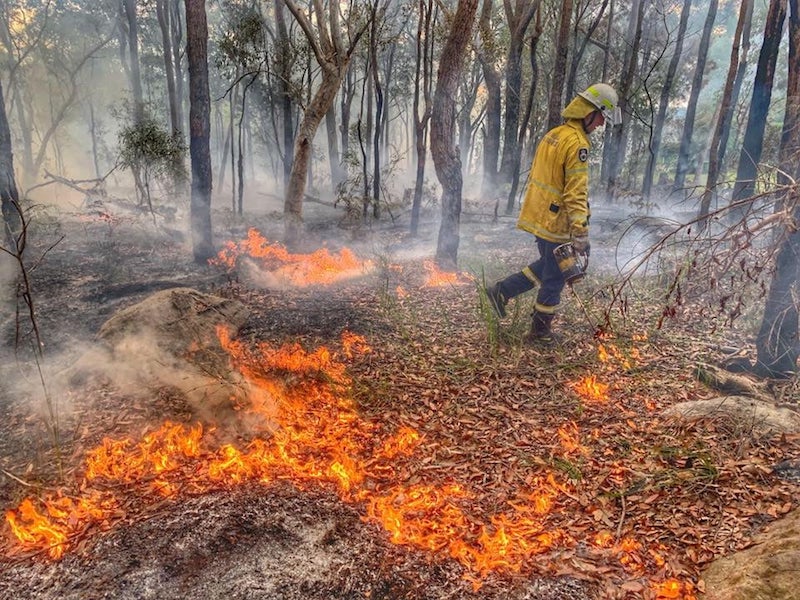Latest News
Fire season update June 2021
Monday, 28th June 2021

Fire Season
The 2020/21 fire season was the quietest fire season experienced in a decade which provided much welcome relief to communities, fire agencies and land managers alike. While the influence of La Niña on Australia’s climate helped to reduce the fire risk, heavy rainfall throughout Autumn saw widespread and destructive flooding across the State. NSW RFS have been heavily involved in providing flood relief and assistance to communities across NSW in areas impacted.
As a result of the continuing above-average rainfall, prescribed burning opportunities have been sporadic in some areas due to the variable conditions. Agencies will continue to conduct prescribed burns where conditions allow. However, if conditions are unsuitable to achieving prescriptions planned burns may be postponed as proceeding could be unsafe, fail to reduce the risks or damage the environment.
The risk of grass and crop fires, particularly in the central west remains due to strong vegetation growth. As northern parts of NSW commence their fire seasons in late winter and early spring, it is important to remember that if fires do occur in dry grass with high fuel loads they will be high intensity and fast-moving. Fuel loads and fire danger continues to be monitored closely.
While Fire Safety Permits are generally not required outside of the Bush Fire Danger Period, other types of permits you may require vary from area to area, such as in Fire and Rescue NSW jurisdiction, or Local Government Clean Air regulations. Your local Fire Control Centre can assist with requirements specific to your area: http://www.rfs.nsw.gov.au/about-us/fcc
If you’re planning to burn on your property and have the necessary approvals in place, don’t forget to notify your neighbours and local fire agency at least 24hrs ahead. You can notify the RFS of your activity online at http://www.rfs.nsw.gov.au/notify
For more information refer to the Australian Seasonal Bushfire Outlook: June – August 2021 http://www.bnhcrc.com.au/hazardnotes/97
Outlook
The current climate outlook from the Bureau of Meteorology ( http://www.bom.gov.au/climate/outlooks/#/overview/summary), issued 24 June indicates that rainfall is likely to continue to be above average for most of Australia between July to September. While, the Southern Oscillation as a major driver of Australia’s climate is now assessed as neutral, the Bureau's climate model suggests a negative Indian Ocean Dipole (IOD) may develop in winter which can favour above-average rainfall for parts of Australia.
The long-term warming trend means that above-average temperatures now dominate most years. The tendency for fire seasons to have elevated fire dangers more frequently, and for elevated fire danger to occur earlier and later in the season is a clear trend in Australia’s climate.
For more information on the weather outlook across NSW visit http://www.bom.gov.au/climate/outlooks